
How are commodities extracted, produced, and exchanged? How have those processes shaped the physical and cultural landscape of North America? How might the way we see and study those processes alter our understanding of ourselves, the environment, or the history of North America?
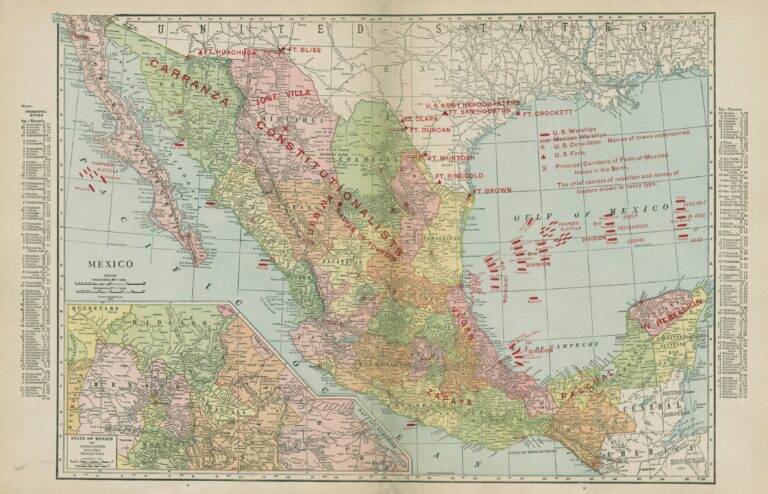
What social conditions contributed to the revolution? How did the United States seek to influence events in Mexico? How did artists and writers respond to the war?
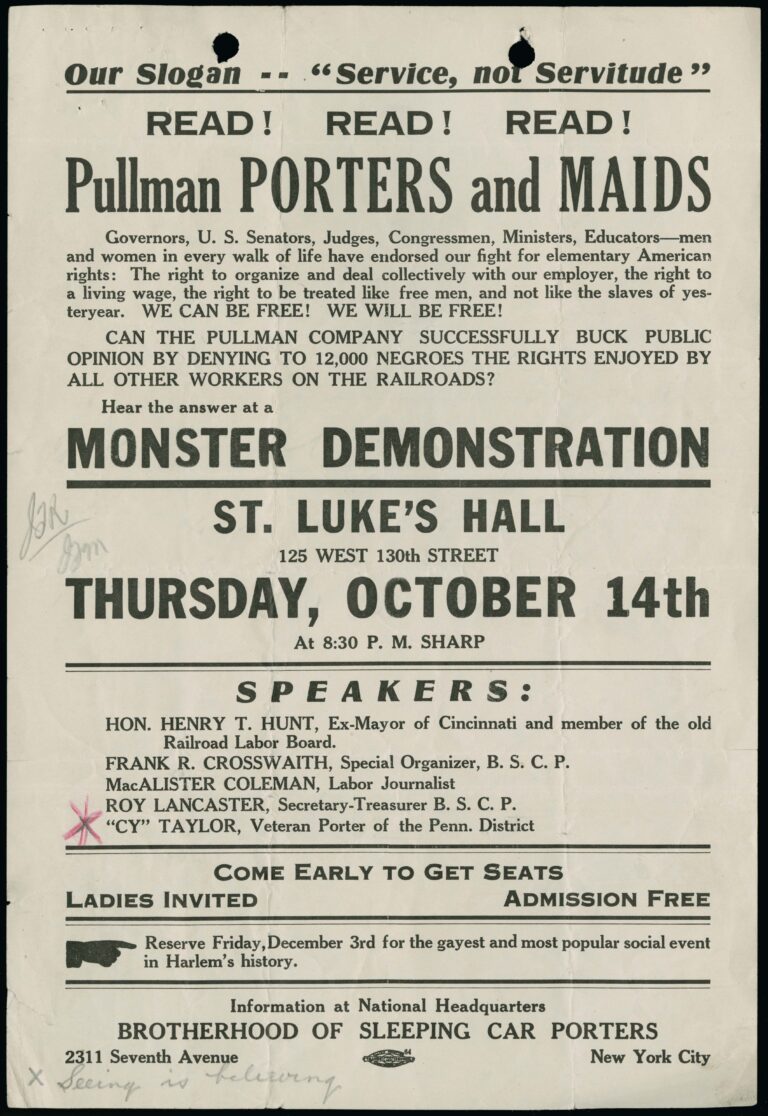
What does de facto segregation in the urban North look like? How is it similar and different from de jure segregation in the South? How did African Americans respond to the segregation and racism they faced in the North? How did the civil rights movement in the urban North connect to the movement in the South?
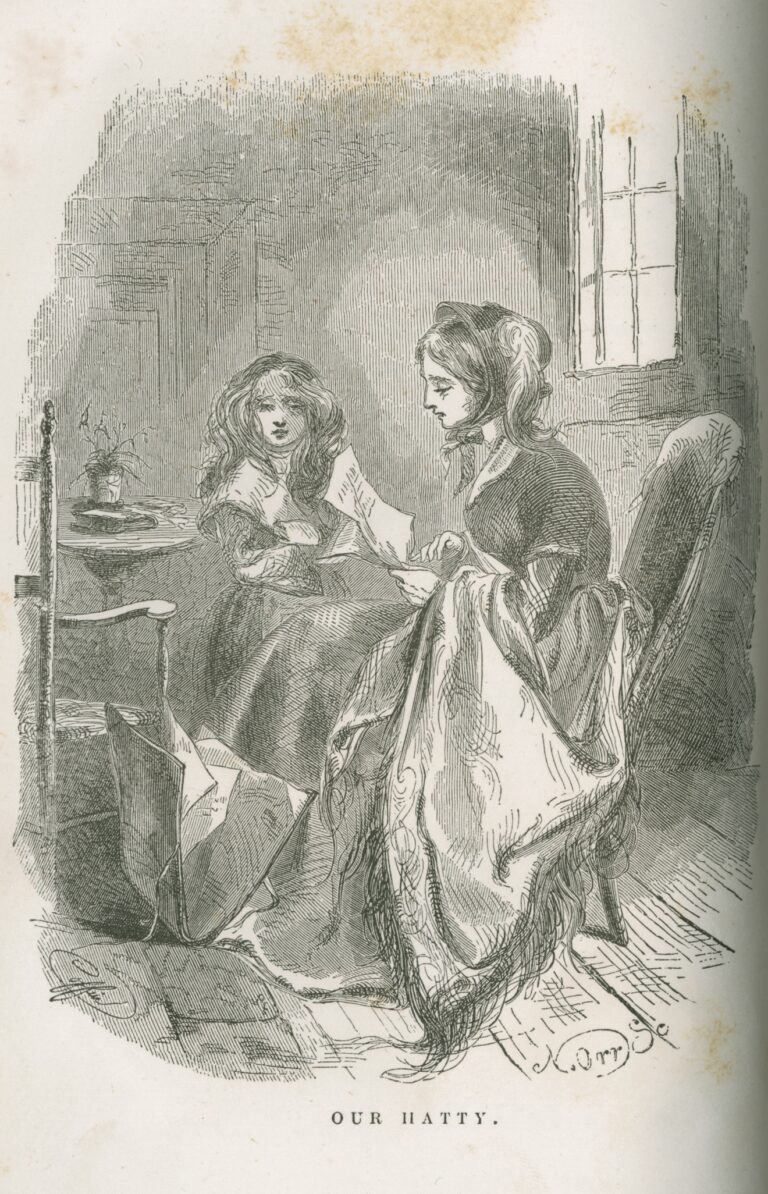
What was the literary context in which American Renaissance writers wrote and published? How did now-canonical writers respond to popular literary forms?
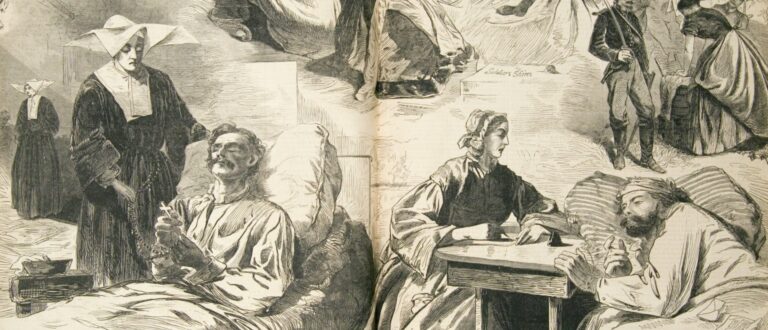
What literature was published and read during the Civil War? How did literature help make sense of the war and the profound changes it brought to the nation?
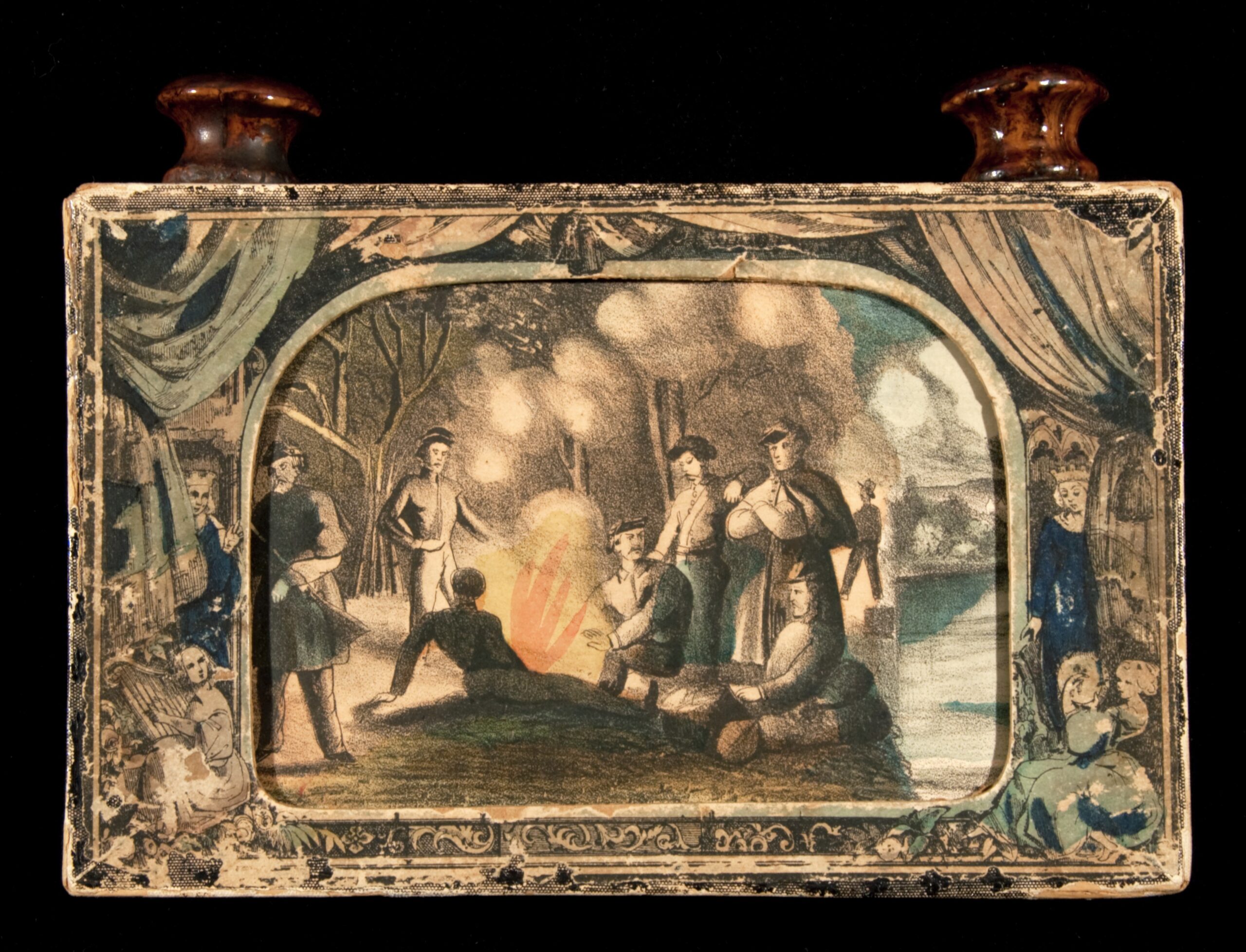
How did images shape the meaning of the war for people at home and the meaning of the home during wartime?
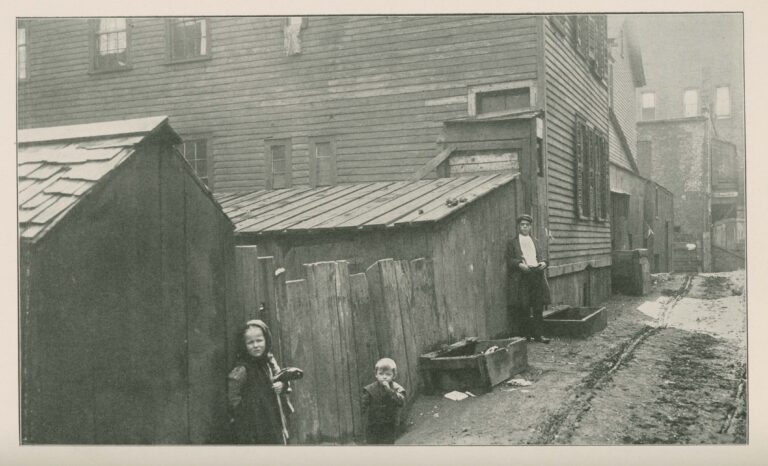
What did it mean to live in the neighborhood of the Union Stock Yard around 1900? How does Upton Sinclair’s representation of this community in The Jungle compare to the accounts of sociologists and reformers?
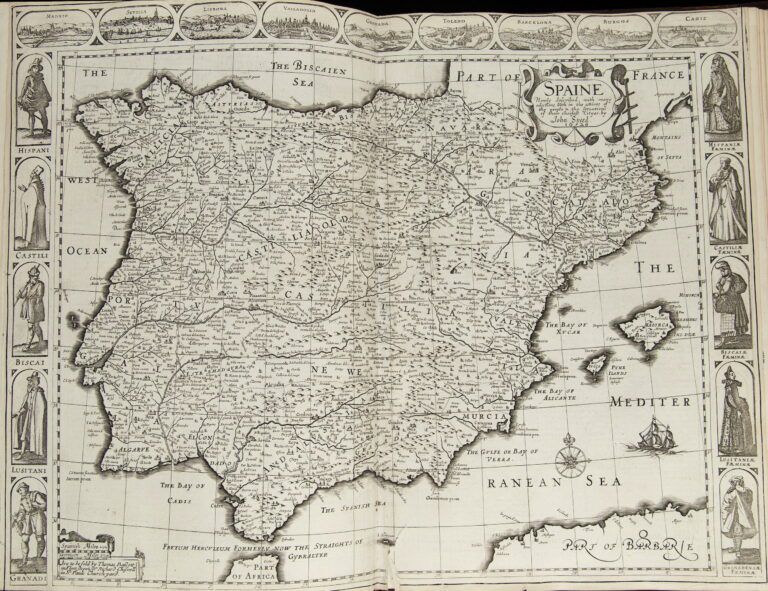
How did Cervantes’ Don Quixote respond to the social conditions and literary traditions of early modern Spain?
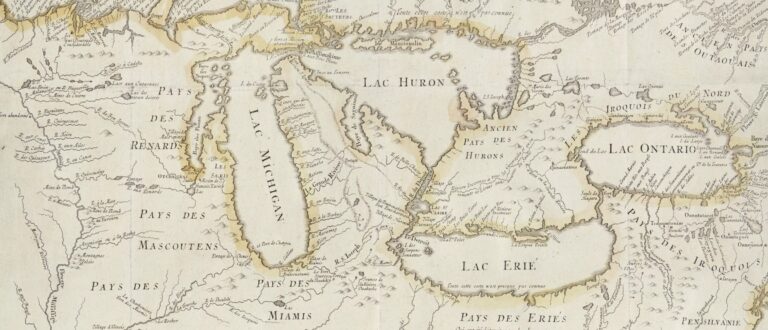
How do maps tell the early history of Chicago and the Midwest? How have maps been used by different empires and nations to secure control of the region?
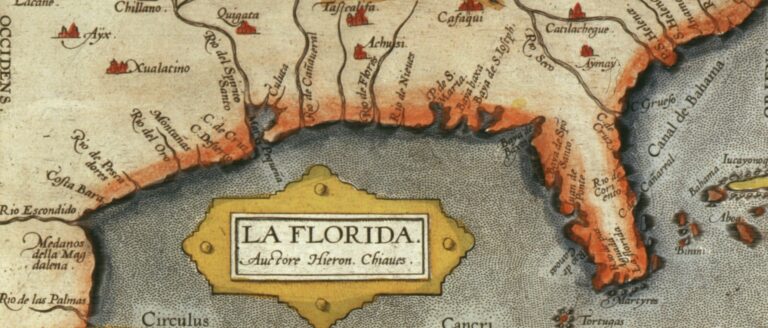
What can maps tell us about how people from different times, places, and cultures make sense of their world? How did maps and mapmaking influence the development of colonial North America?
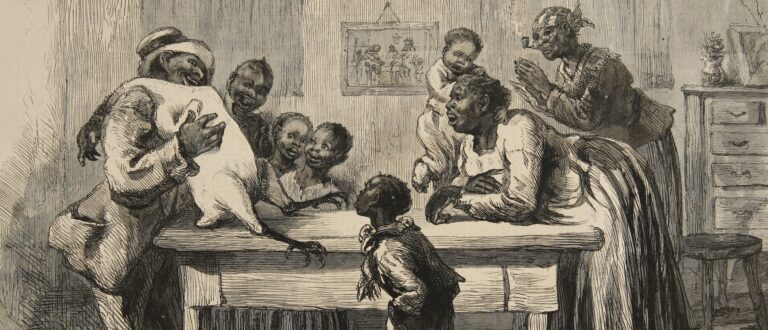
How did Twain’s Huckleberry Finn engage and challenge popular ideas about slavery and race in nineteenth-century America? Can a text be offensive and still be worth reading?
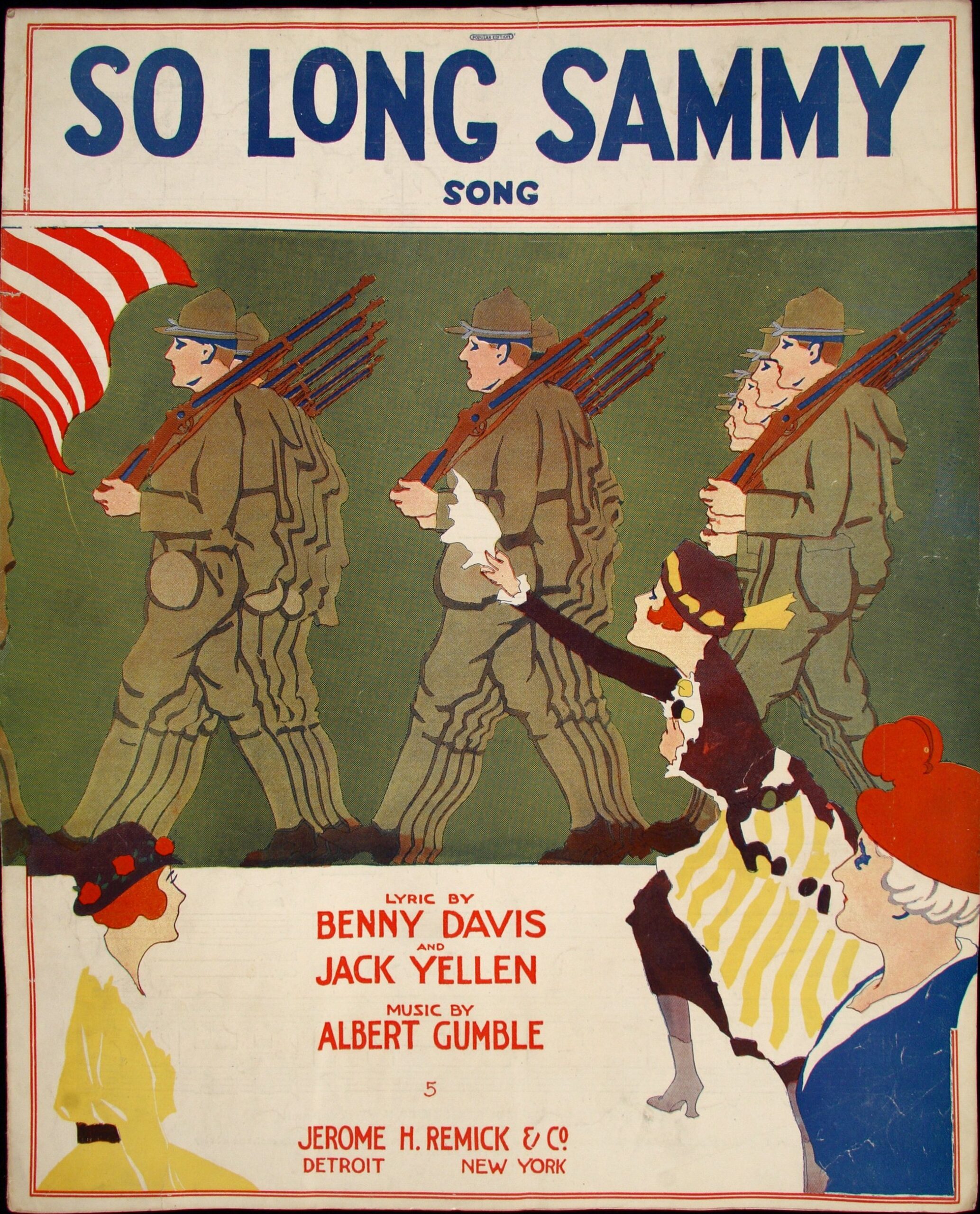
How did popular publications in the United States respond to World War I? How did artists, writers, publishers, and advertisers work to promote the war effort? What criticisms of the war did dissenting artists make?













